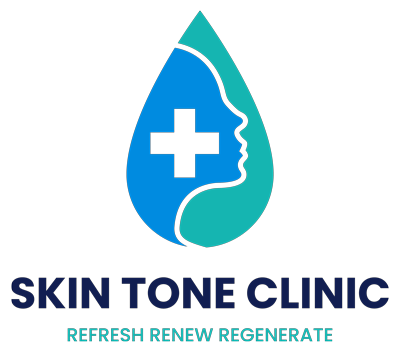PRECARE
Do purchase an antiseptic cream
MINIMUM 3 DAYS PRE-TREATMENT
Do not use antihistamines
Do not use any active topicals on the area to be treated such as Retinal, Glycolic Acid, Salicylic Acid etc
To optimise results, prepare warts and verrucae daily for one week pre- appointment. Soak them for 5 mins. After soaking, gently file their surface. For larger warts/verrucae or for those that have been a slightly longer treatment may be useful. This ensures that no viral cells remain.
AFTER CARE
Approximately 2 – 4 hours after treatment a blister may form which can last from 3-5 days. After such time the blister forms a scab. Within 7-14 days, the scab can fall off on its own. It is possible, that a new scab form and then falls off in the same way. The treated lesion will be completely healed in approx. 4 weeks. This is time for a second session. The treated are will be lighter than the surrounding tissue because of loss of melanocytes in the freezing process.
Swelling may occur round the site for a few hours. This is normal.
Stinging for 10-60 minutes post treatment may be felt. Painkiller may be taken, if needed, although this is usually not necessary.
if possible, do not cover treatment site.
Scabs may appear a few days after treatment.
Do not pick, scratch or rub scabs or burst blisters as scarring may occur.
Do not take any antihistamine for 48 hours after. The treatment is partly based on histamine action.
Lesion will shed after 4 -14 days; it can sometimes last over 4 weeks.
Healing takes up to 4 weeks in most cases.
Temporary skin colour change (skin darkens) often occurs, but in darker skins may be permanent.
Use SPF 50 on new skin when lesion has shed. New pink skin underneath will gradually re-pigment to surrounding skin’s natural colour.
If a blister does appear, leave it alone and do not pop it; it will go down on its ow. If it bursts, weeping may occur. In such case, use a non-alcoholic baby wipe to remove any debris from the area. It is also advisable to apply a smear of antiseptic cream onto it twice a day. An adhesive dressing such as a plaster can be used to cover the area.
If healing is not as expected and redness or pain is present, please contact clinic or your Doctor as you may have contracted an infection.
If the skin being treated is tanned, the treatment will remove the tan and the skin will re pigment to the original skin colour.
A compromised immune system can adversely affect healing. If healing does not take place even after 8 weeks, please refer to your doctor or dermatologist. The lack of healing may be as a result of a condition that you are unaware of or that has not been formally medically diagnosed. It is also possible that the area needs further treatment.

